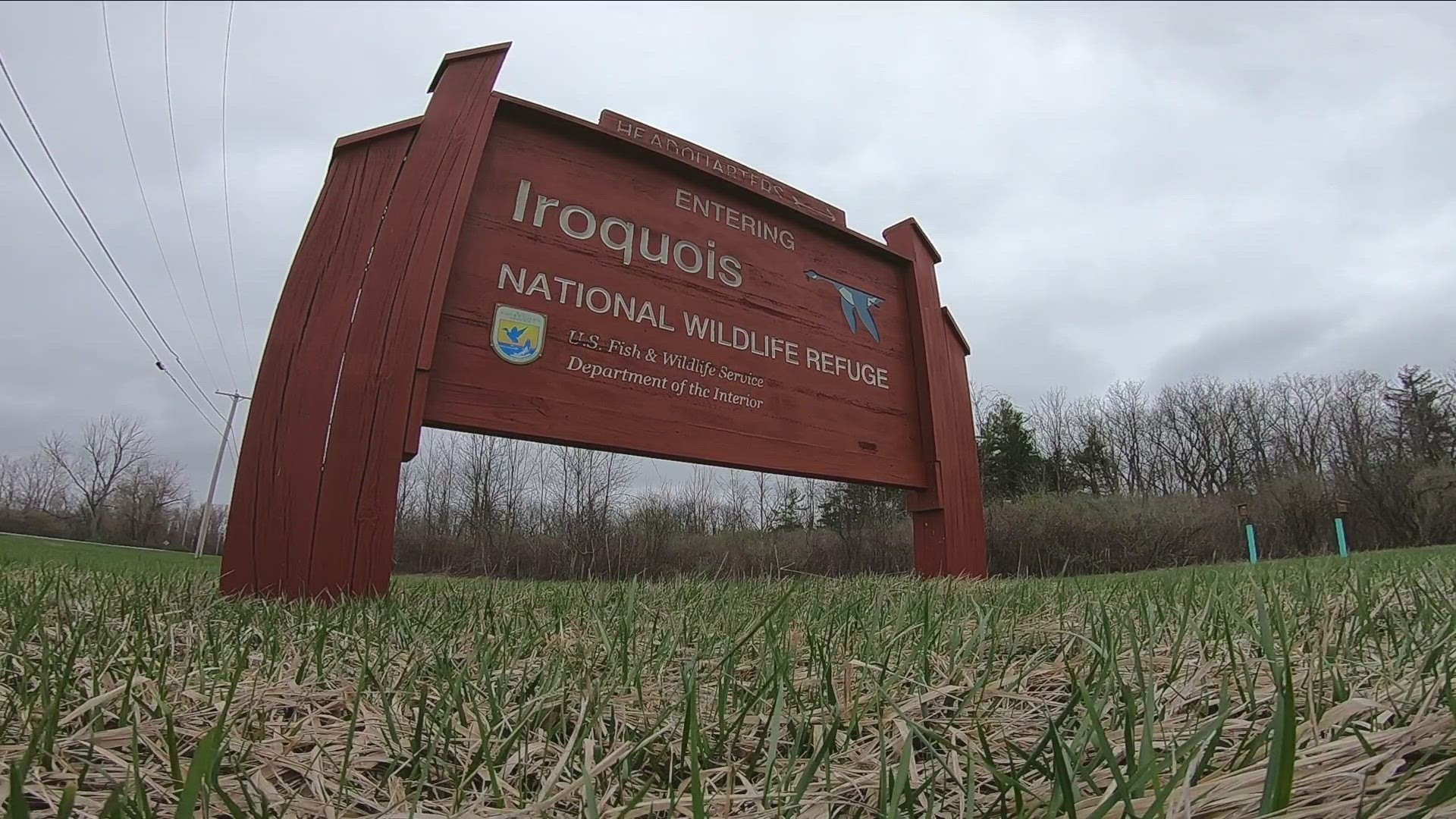BASOM, N.Y. — Established in 1958, the Iroquois National Wildlife Refuge is one of our region's most beautiful natural habitats. At over 11,000 acres, the refuge provides protection for an abundance of life. Tom Roster, INWR Complex Manager, explains.
"We have about five different habitat types, mostly revolving around water and water systems, emergent marshes. We do have shrublands, forested wetlands, as well as upland forests, and some grasslands."
The refuge, along with adjacent wildlife management areas, has ancient glacial origins, and is often referred to as the "6th Great Lake."
"Even though this is not a Great Lake, and it's not a big surface water feature, it is a huge groundwater feature," Says author and environmentalist Margaret Wooster. "So it's totally part of the hydrologic cycle of Western New York. "

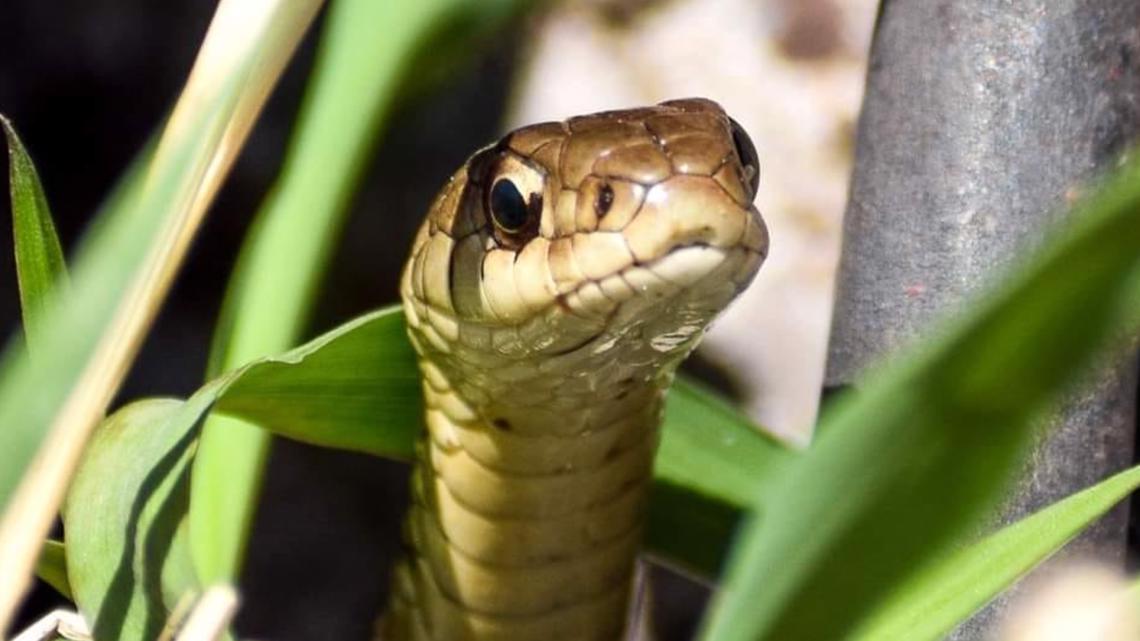
That fact alone makes it critical for both animal and human life throughout WNY. INWR is an important habitat for migratory birds, and Roster says it provides a lush home year-round for native birds and other wildlife. "We do have over 260 bird species that have been recorded on the refuge, as well as over 40 mammal species and a ton of amphibians and reptiles."

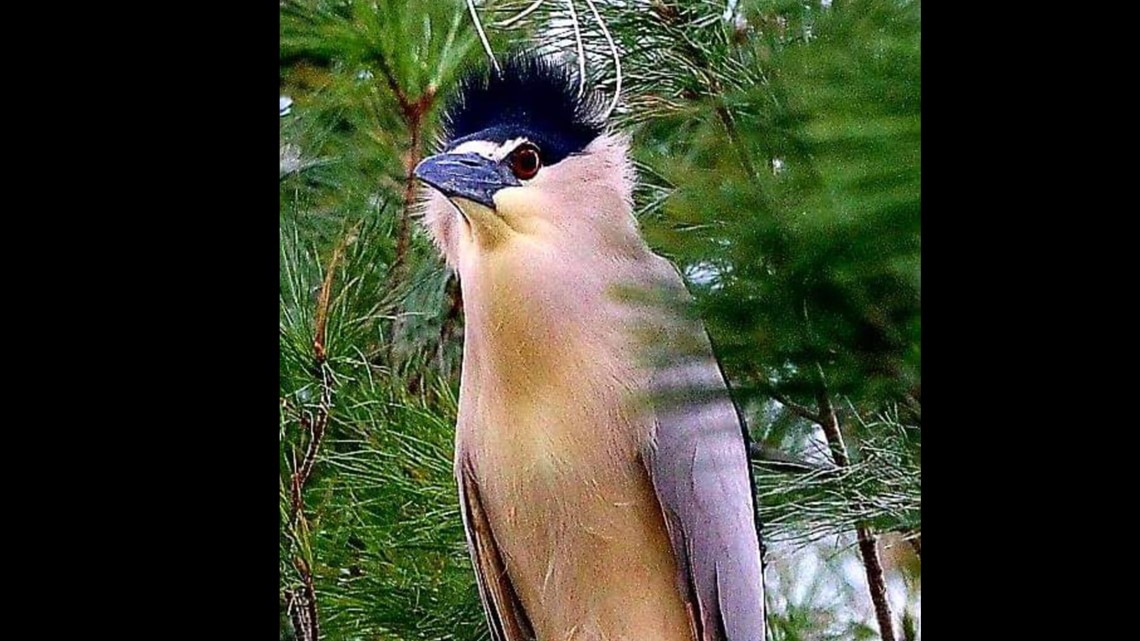
But as with most natural environments, the health of the refuge can be fragile. Iroquois is currently challenged on two fronts. "One of the bigger things we've been seeing is Invasive species like non-native Phragmites and Honeysuckle, and a lot of other things coming in." Roster says." Emerald Ash Borer, which we know is in the area, we haven't documented on the refuge, but those are things we've been monitoring."

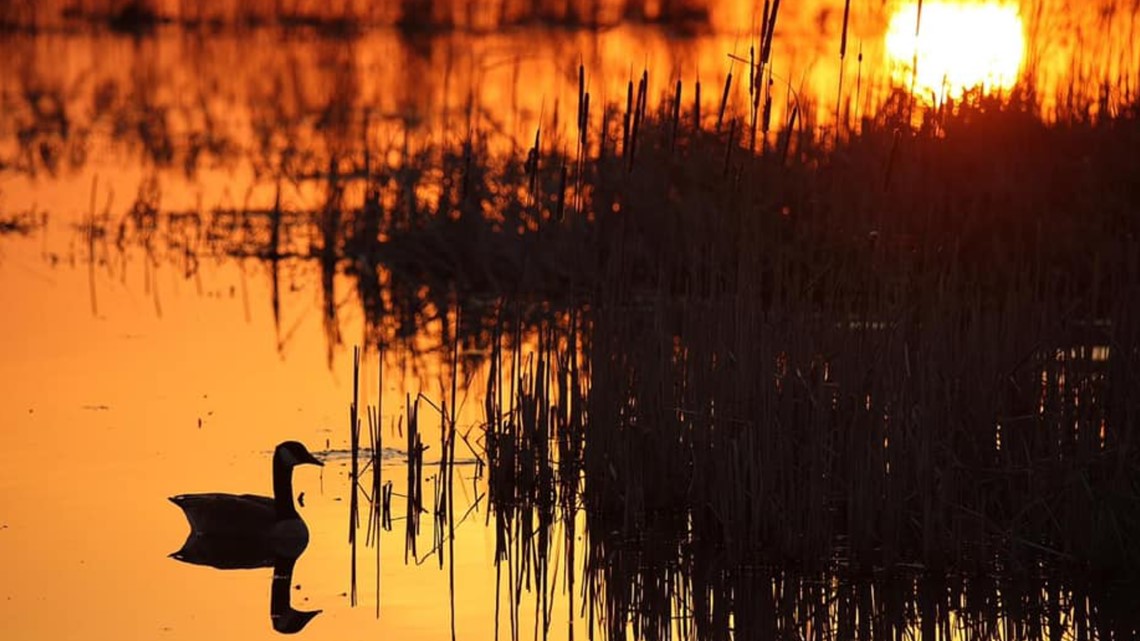
The other threat comes from human development. The nearby STAMP project, an industrial site only a couple miles from Iroquois, is planning a pipeline that would discharge wastewater into Oak Orchard Creek, which runs through both the refuge and Tonawanda Seneca Nation land. "The amount of discharge that's going to go into Oak Orchard Creek is twice as much as the flow of the creek itself." Wooster says." So the point is, it will become an effluent-dominated creek."

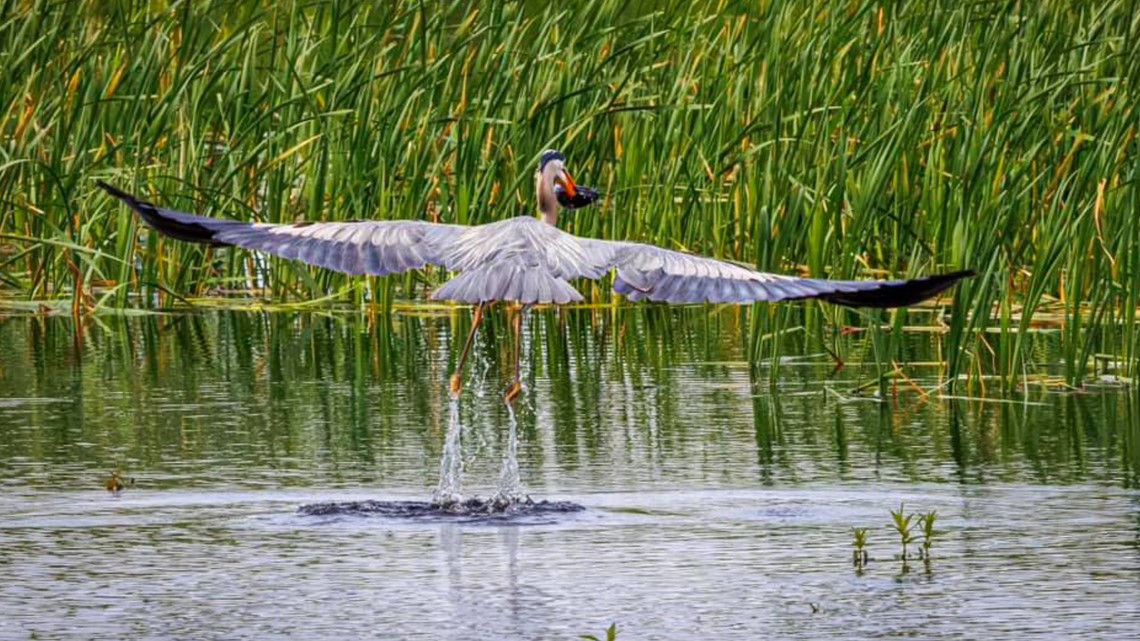
Public comment is open until May 11 on one aspect of the project. That's an "Incidental Take" permit that would affect Threatened and Endangered Short Eared Owls and Northern Harriers. In the meantime, Roster says that this is a great time of year for WNY'ers to enjoy this vibrant environment. "It provides that opportunity for people to enjoy areas that are probably very limited, not only in WNY but other parts of the country as well."
For more information on INWR, click here.

